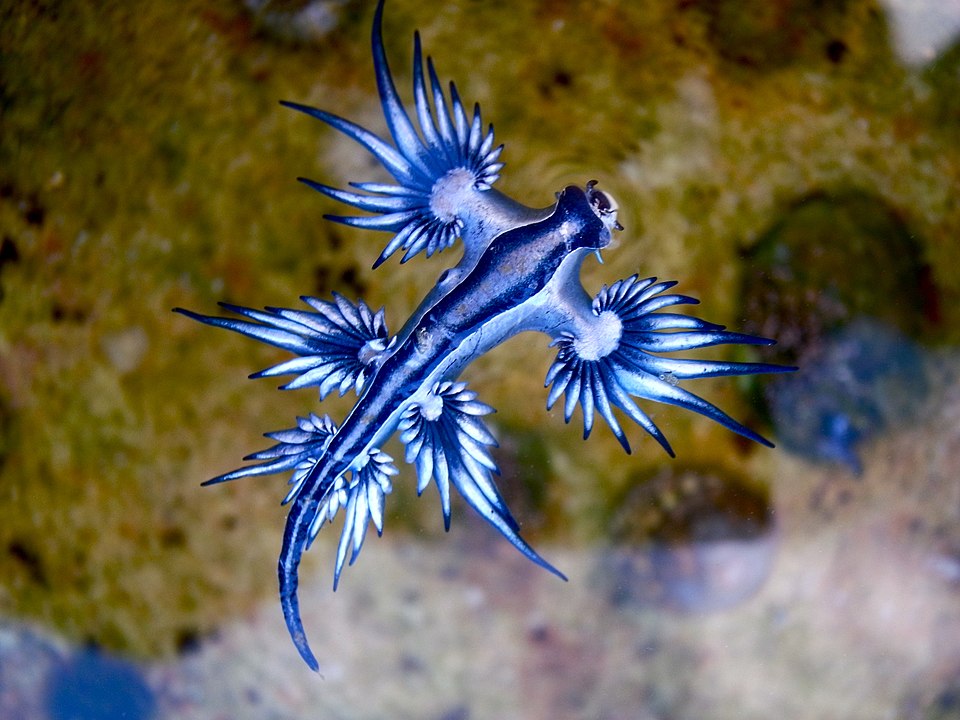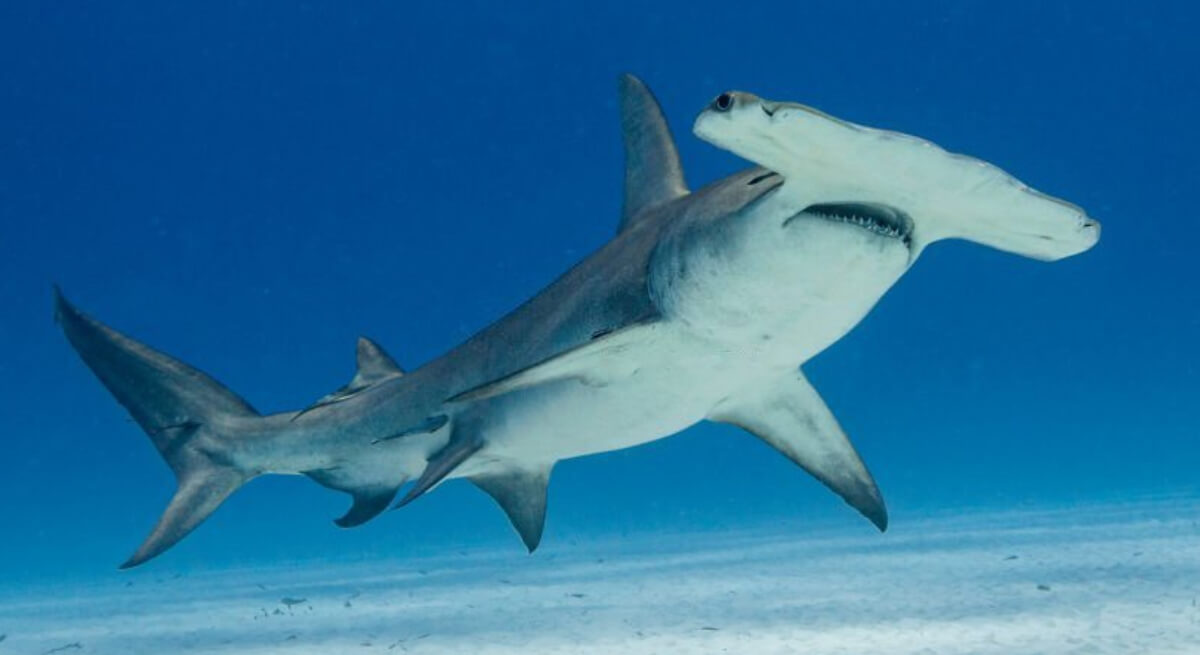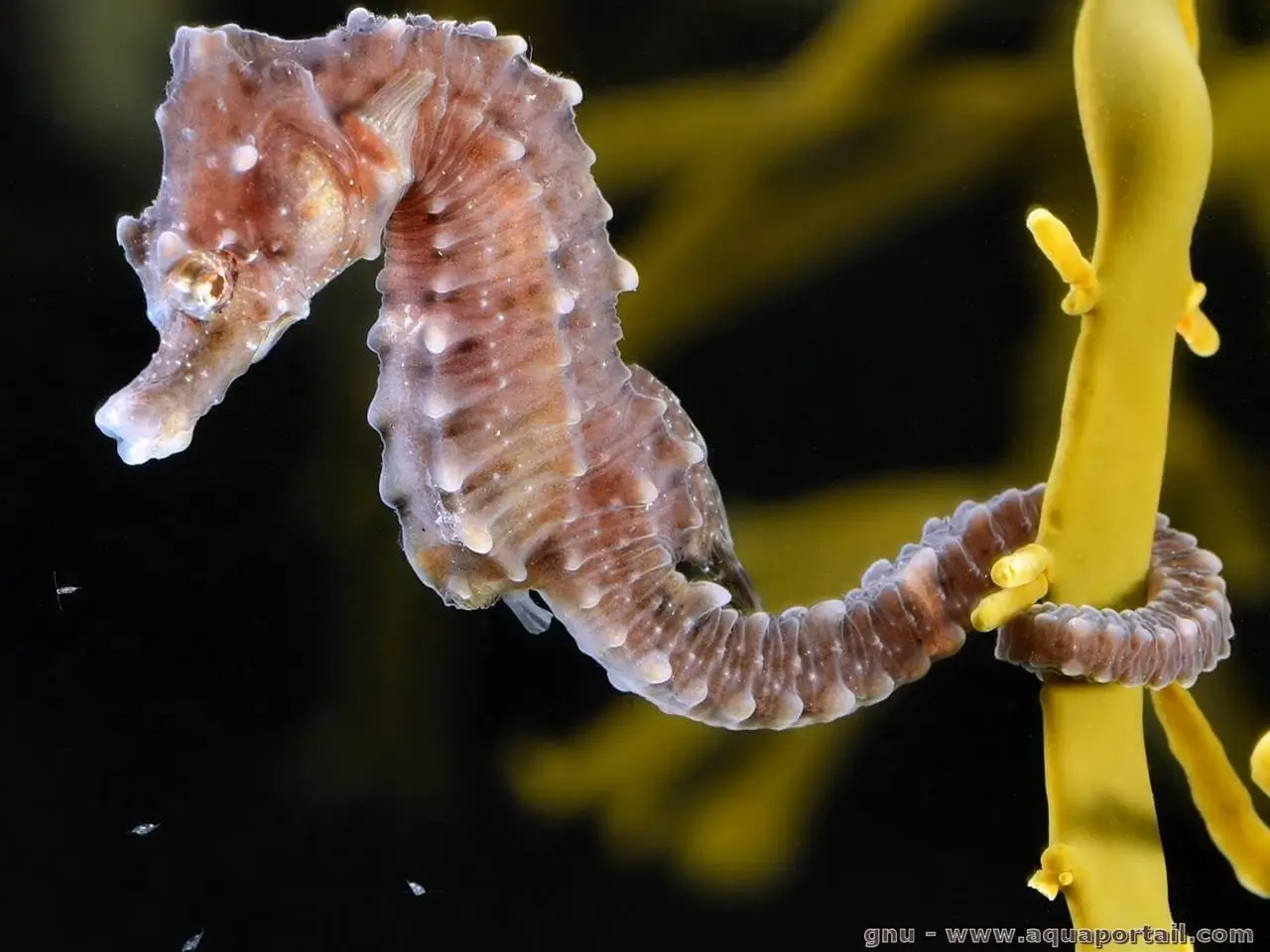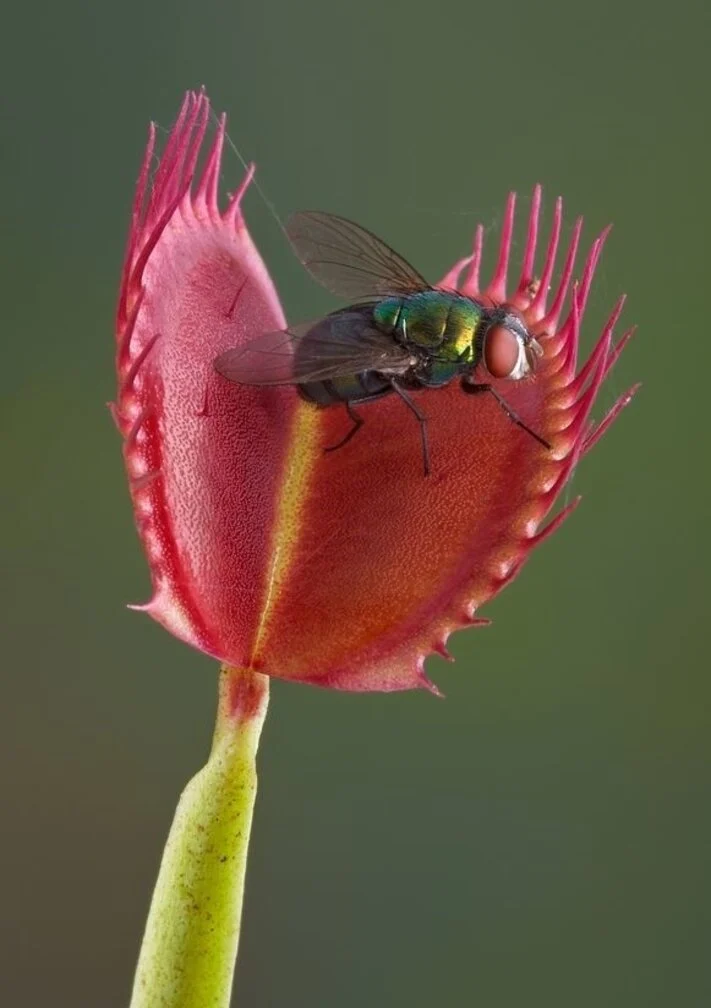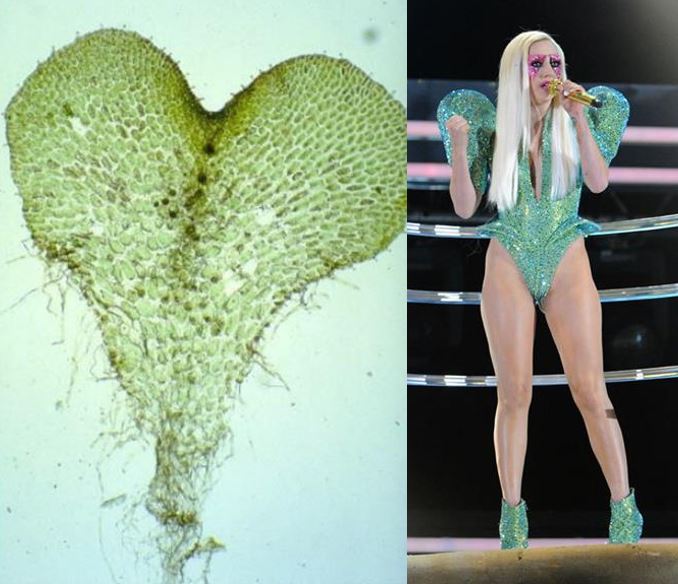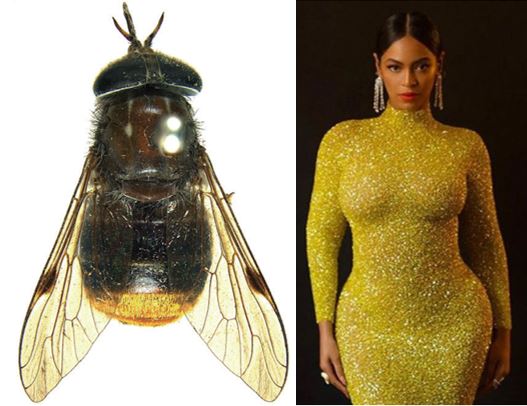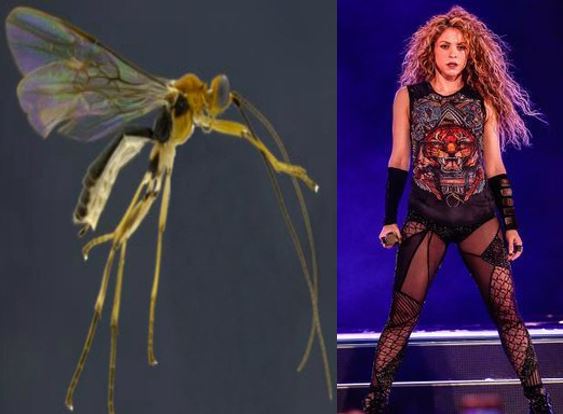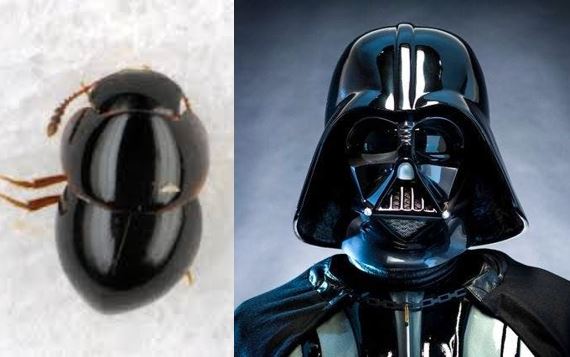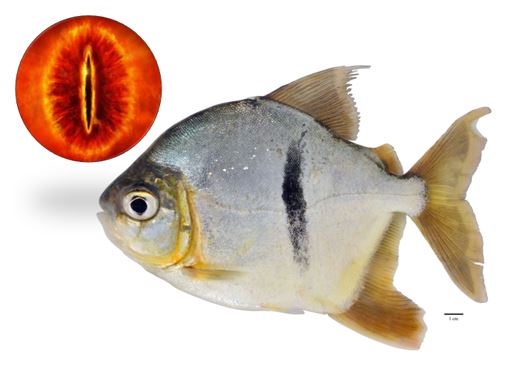Scientific names: between seriousness, humor, and low blows
You all know the humpback whale, right? But do you know its scientific name : Megaptera novaeangliae ?
A bit harder to pronounce and remember, right? Since the 18th century, scientists have given every living species a scholarly Latin name. But behind these sometimes austere labels lie funny stories, tributes, petty rivalries… and even a few nods to pop culture!
How and why should species be named?
Behind it all is a scientific discipline called taxonomy: the art of classifying living organisms into hierarchical categories (life > domain > kingdom > phylum > class > order > family > genus > species) known as taxa. A taxon is basically a “box” into which we group individuals that share common characteristics. To keep things well organized, scientists must follow specific rules when naming their discoveries.
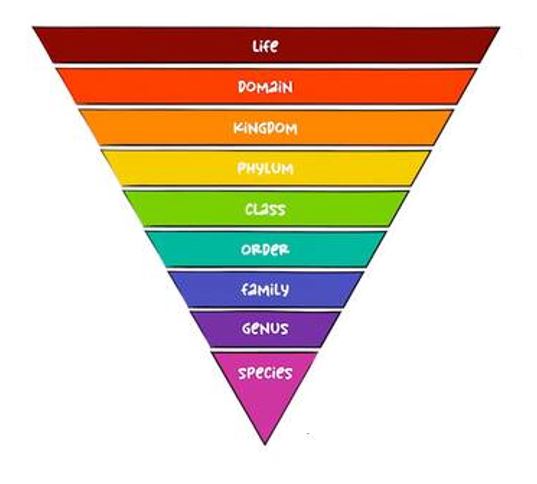

It all began with Carl von Linné (better known as Linnaeus), an 18th-century Swedish naturalist and the father of modern taxonomy. He introduced the binomial system: a name consisting of a genus (the first letter capitalized) + a species (lowercase), both written in italics, so that scholars around the world could use the same universal language.
A genus is a taxonomic rank grouping together species that share several common traits. A species is defined by the fact that individuals can reproduce with each other, and that their offspring can also reproduce. For instance, horses, donkeys, and zebras share similarities and belong to the same genus, Equus. They can sometimes reproduce across species (a horse and a donkey produce a mule), but since the mule is sterile, they are not considered the same species.
But the choice of a name isn’t totally free! It must follow rules set by the International Code of Zoological Nomenclature (ICZN):
-It must follow the binomial law (genus + species).
-The name must be unique.
-Scientists are not allowed to name a new species after themselves.
-The name must not be vulgar or offensive—though some savants of the past couldn’t resist a few cheeky digs at their rivals…
Most of the time, scientific names are descriptive, often linked to the species’ appearance or habitat
Some researchers have used taxonomy to settle their disputes
Taxonomists love to pay tribute to famous figures
More than just Latin words
These names aren’t just a scholarly code. They are:
Cultural archives, telling stories about the times, the rivalries, and the passions of researchers. Bridges to the public, because who wouldn’t want to know why a butterfly is named after Trump or a fly after Beyoncé? Sometimes even a tool for conservation, since a striking name draws attention to endangered species. Scientific nomenclature is a serious enterprise, but it leaves the door open to humor, homage, and even revenge. So next time you come across an unpronounceable Latin name, remember: it might just hide a great story… and who knows, one day a species might even bear your name!

